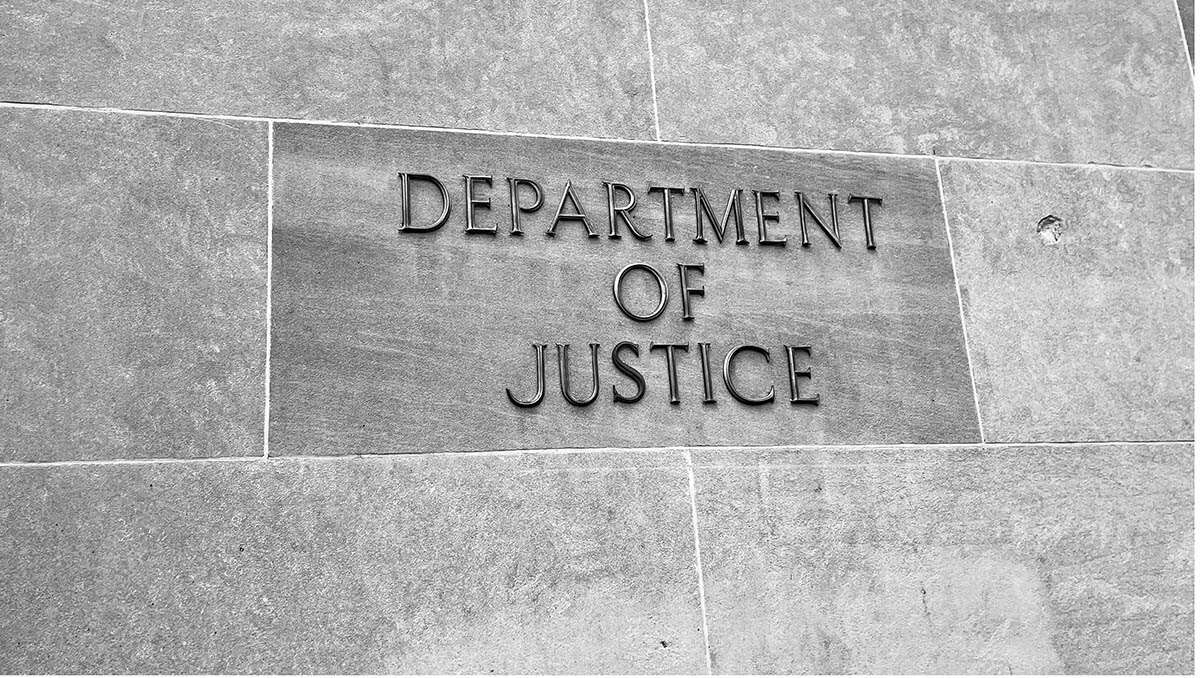Building a Strong Cash Flow Forecast
A strong cash flow forecast that accurately predicts cash position over the desired period is mission-critical for nearly every business. Building a...

A strong cash flow forecast that accurately predicts cash position over the desired period is mission-critical for nearly every business. Building a strong cash flow forecast model up to a few weeks or months can be straightforward with available data and a few unknowns. However, longer-term cash flow forecasts–needed for business sustainability and strategic planning–are more complex. Relying on an oversimplified forecast that does not adequately consider all the factors impacting cash balance can be perilous. A disciplined process you can iterate and refine over time will help ensure your forecast is timely, predictive, and reliable.
Establishing an effective cash flow forecasting process is more than a matter of good financial hygiene. A cash flow forecast is imperative to informed decision-making, spotlighting business-critical concerns such as:
An effective cash flow forecast that is highly predictive can frame these compelling issues and help frame solution parameters. Unfortunately, most cash flow forecasts simplify reality too much, and it becomes an exercise in futility.
Cash flow forecasts are notoriously inaccurate and often of limited value. Incomplete data and flawed assumptions erode forecast predictability. Not only can it be challenging to pull together all the information needed to prepare the cash flow, but also making sound judgments for uncertainties in the forecast.
Some of the uncertainties to consider in your forecast:
Inventory procurement can pose a significant challenge to forecasting, particularly with global supply chains, where purchasing lead times are often many months, and letters of credit may be in place. Smaller companies–those without established credit–may have to put down a deposit or pay in full in advance of production runs. There may also be opportunities for special buys or terms with a particular supplier factoring into the purchasing decision.
Changes in product mix can also have a profound impact on revenue, product cost, and cash flow, even if there are no changes to pricing. Over longer periods, oversimplified mix assumptions can significantly impact cash flow, driven by many of the factors identified above. A cautionary note: using gross margin as an input to cash flow in the short-term will almost always distort forecasted cash position, since it is determined at the time of shipment, which typically does not align well with cash payments and cash receipts.
There are nuances to developing a cash flow forecast that are not always evident. In some cases, a single or a few large customer(s) or purchase(s) may be outliers, invalidating broader assumptions and affecting the quality of the forecast. These complexities are common to most businesses, even the smallest. Without due consideration, the forecast model may lose predictiveness and lead to decisions (or non-decisions) that otherwise would not have been made.
Determining the most appropriate forecast horizon depends primarily on risk and need. A tight cash position requires constant monitoring and prioritization, calling for a focus on the short-term, usually 13 weeks or less, updated as necessary to maintain predictive accuracy. In cases of extreme financial distress, a day-to-day forecast may be necessary to manage cash. On a positive note, information is more certain and accessible for shorter timeframes.
Medium- to longer-term forecast periods are important for maintaining operating liquidity and strategic planning. Longer-term forecasts help demonstrate economic viability to investors and lenders, and factor into business valuation when it is time to exit.
It is common to keep a long-term cash flow forecast, updating the short-term portion more frequently. Building these into the same model, changes in the short-term portion will flow through the model.
An effective forecast requires information across the organization, and developing an efficient process for accumulating those inputs:
Cash flow forecasting is both an art and science, and useful information may come from other sources. While it is desirable to have a forecast that considers the entirety of future inflows and outflows of cash, being materially accurate enough to support informed decision-making is the goal.
Elements outside an organization’s direct control–including market trends and economic conditions–may have a material impact on the cash flow forecast. Even technological advancements and social influences can affect the cash flow projections over longer periods. These are often handled as scenario adjustments, or called out as risks or opportunities if they are too uncertain to build into to forecast.
Document key assumptions in each forecast update. Assumptions describe how uncertainties are accounted for (or not) in the forecast. This is an important tool for decision-makers to help identify potential risks within the forecast, as well as for use in improving future iterations of the forecast. These include financial risks or opportunities that might transpire but are not likely enough to warrant factoring into the forecast model.
Establish a regular cadence for updating the forecast, considering financial risks and the frequency of material changes to the forecast. Evaluate variances from the forecast to actual results–how well did the prior forecast work? What was missing? What assumptions were flawed? This approach works well to continuously improve and refine the cash flow model.
A cash flow forecast developed outside the organization’s approved financial forecast leads to a misalignment between the two forecasts, likely meaning that one or the other is incomplete. Depending on the rigor of your process, it may be advisable to prepare both and identify variances–as a measure to improve the forecasting process–but the cash flow should always be part of the regular forecasting process, including a balance sheet for best practice.
Preparing a three-statement model integrating the income statement, balance sheet, and cash flow gives you a more complete picture of your business and helps drive strategy (a well-built model allows for ease of iterations as strategy and forecast are aligned). Ultimately, this provides for a much more effective forecast, regularly updated through a consistent process. This is also necessary for long-term projections–inevitable for most businesses–to support strategic planning for growth, exit valuations, etc.
Advanced accounting ERP platforms and integrated point solutions provide three-statement forecast reporting. Some of these systems use historical and real-time data to predict future trends as a baseline forecast, however, they still require human input for non-recurring items or estimates, and of course human review. Artificial intelligence will undoubtedly play a major role in the future. But for many businesses, access to sophisticated systems may still be out of reach.
Guidance from an experienced fractional controller or CFO can help you establish an effective cash flow forecasting model–even if you are using a sophisticated platform currently–as well as a process for regular updates and refinement of the model. They can walk you through valuable exercises such as:
A strong cash flow model–developed and updated through a disciplined process–is essential for accuracy and consistency. Your cash flow forecast becomes a valuable tool you can rely upon with confidence to evaluate, manage, and grow your business.

A strong cash flow forecast that accurately predicts cash position over the desired period is mission-critical for nearly every business. Building a...

Saint Paul, MN (May 8, 2024) - In a significant stride towards modernization and a renewal of their commitment to remain headquartered in downtown...

On March 1, a district court judge ruled that the Corporate Transparency Act (CTA) is unconstitutional. However, his decision applied only to the...